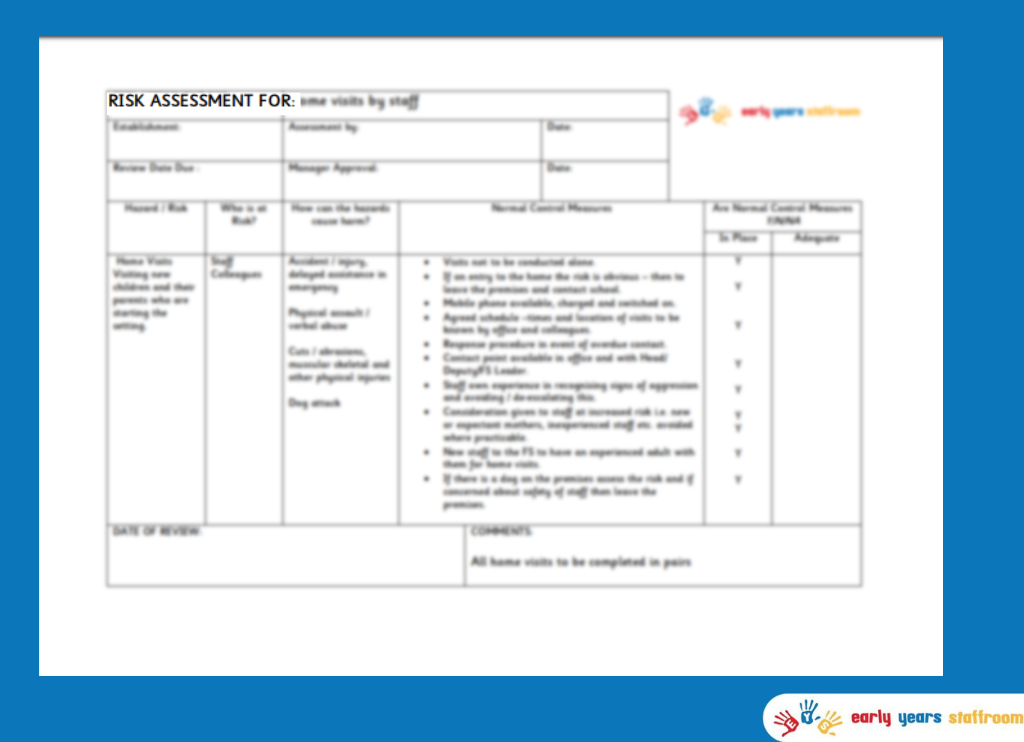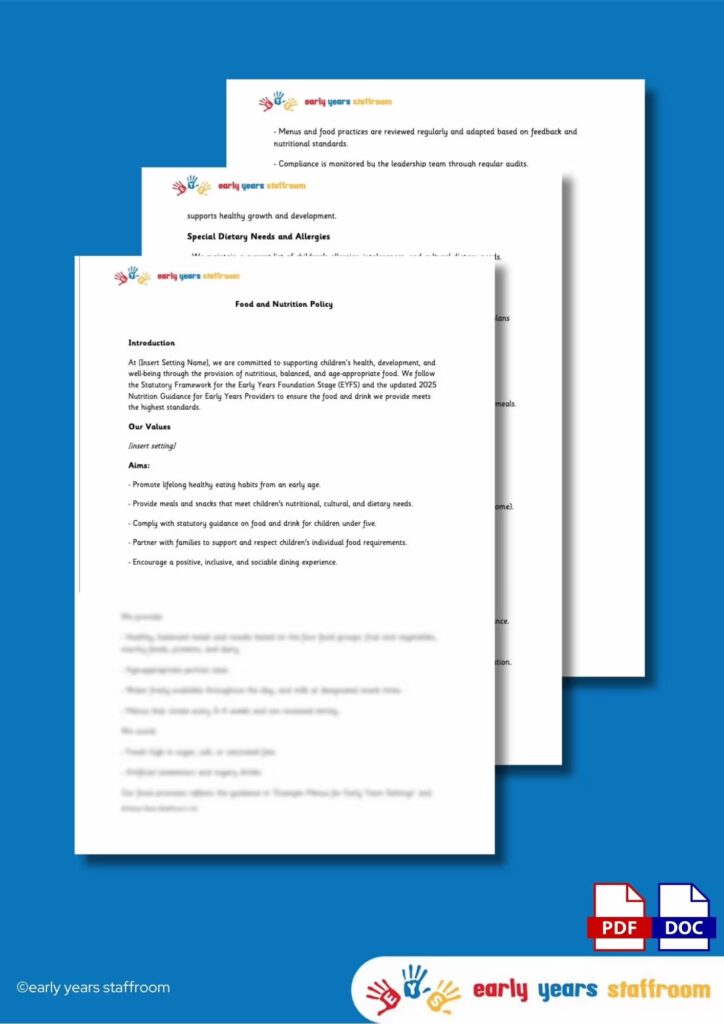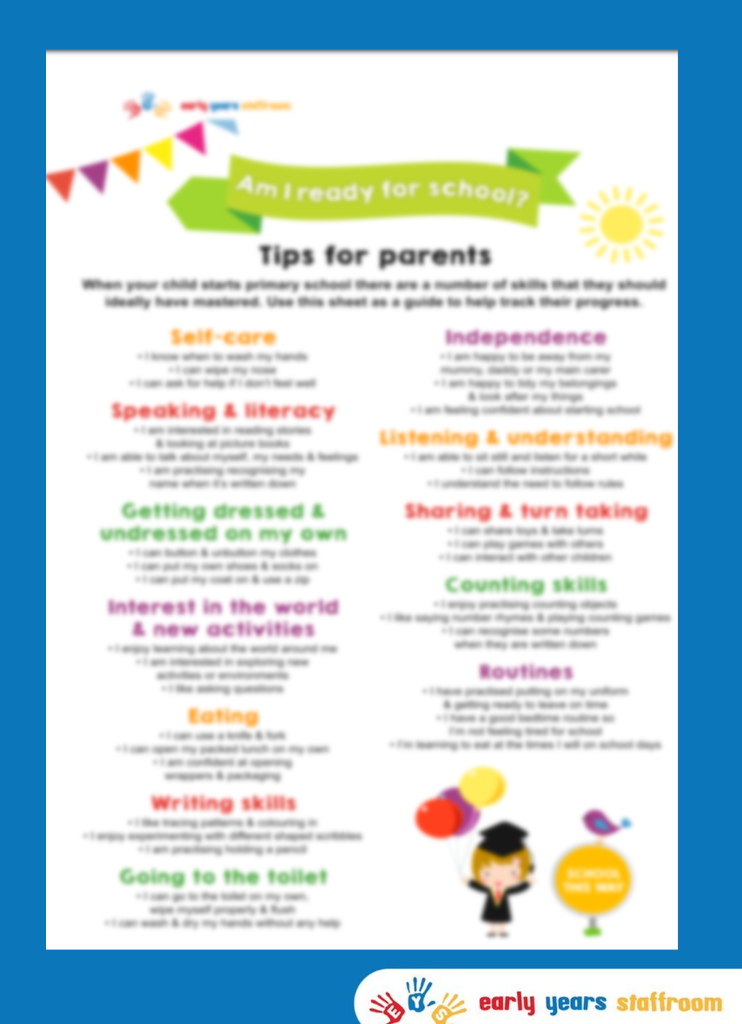Home Visit Risk Assessment

Home Visit Risk Assessment
This is a risk assessment for staff who are conducting home visits.
Visits usually take place in the summer term to help build relationships and prepare parents and pupils for transition into reception.
Each staff member must read and sign.
When educators or school professionals conduct home visits as part of their teaching or school-related responsibilities, conducting a risk assessment beforehand is invaluable for several reasons:
Safety of the Educator: The primary reason is to ensure the safety of the educator or school staff visiting the home. The home environment may be unfamiliar, and there could be potential hazards or situations that could pose a threat.
Safety of the Child and Family: The risk assessment can also identify any hazards or issues that might impact the student and their family. By noting these, the educator can discuss them with the school or relevant authorities if necessary.
Building a Productive Relationship: When families see that educators are taking steps to ensure everyone’s well-being, it can foster a sense of trust and mutual respect. This can make the home visit and subsequent interactions more productive.
Effective Planning: By being aware of potential risks, educators can plan their visits more effectively. For instance, they might choose to visit at specific times or ensure that another adult is present.
Professional Responsibilities: Educators have a duty of care not only towards their students but also towards themselves. Conducting a risk assessment demonstrates due diligence in upholding this responsibility.
Legal and Institutional Compliance: Schools or educational institutions may have specific protocols or guidelines about home visits. A risk assessment helps ensure compliance with these guidelines and can provide documentation if any issues or disputes arise later.
Emotional and Social Considerations: Beyond physical risks, a home visit risk assessment can also consider potential emotional or social challenges, such as cultural sensitivities, that might affect the visit.
Feedback and Continuous Improvement: Regular risk assessments can provide feedback to educational institutions about the challenges faced during home visits. This can guide training and policy decisions to enhance the safety and effectiveness of future visits.
In summary, a risk assessment for home visits in teaching ensures that educators can conduct their tasks effectively, safely, and sensitively. It’s a proactive measure that upholds the well-being of all involved parties and ensures that home visits achieve their intended educational outcomes.
All our planning has been carefully created by experienced qualified primary school teachers with QTS therefore you can be sure that your planning will achieve your outcomes and aims.
Not quite what you were looking for? Search by keyword to find the right resource, or please email us to request a resource at admin@earlyyearsstaffroom.com.












